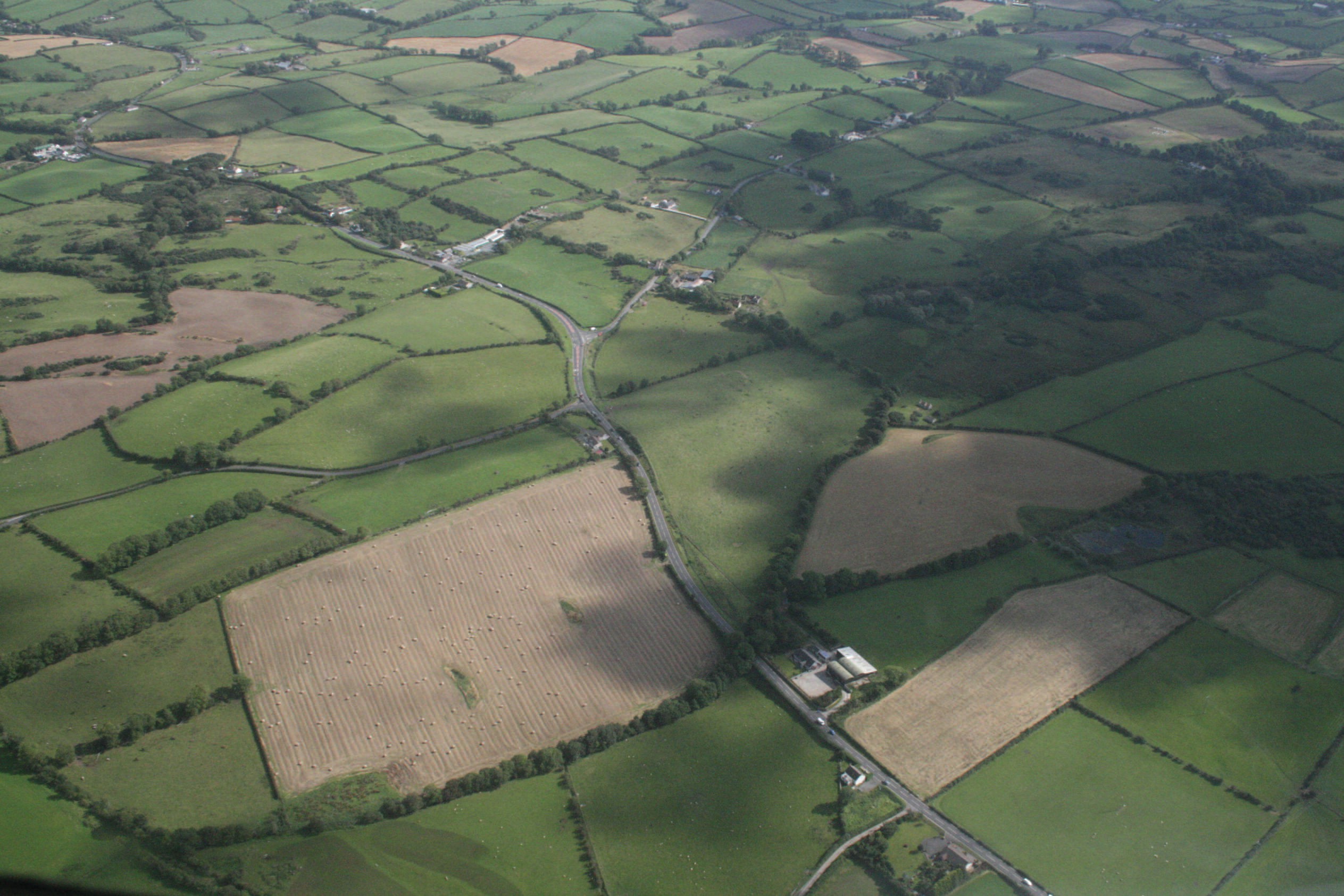
As climate change is a key environmental issue, it is vital that we know how farmers are likely to respond to it. This article is based on a study into farmers’ choice of crop type under a scenario predicting future climate. The aim was to understand the hydrological consequences of adopting new crops better suited to future weather patterns.
The study was carried out on the Ards Peninsula in Northern Ireland (Figure 1). There are approximately 630 farms here, and 78.8% of the land is farmed. Farming is very much the dominant land use in the region. This is partly because of the favourable climatic conditions: the area has a long growing season at 280 days. Even so, shortage of precipitation can be a problem, with less than 800 mm rainfall annually (contrast this with the west of Northern Ireland, which receives up to 1,700 mm annually). The Ards Peninsula is thus one of the mildest and driest regions of Northern Ireland. Another reason agriculture is so dominant in this region is its high-quality soil, which is intensively managed for mixed farming, pasture and arable.
Your organisation does not have access to this article.
Sign up today to give your students the edge they need to achieve their best grades with subject expertise
Subscribe




